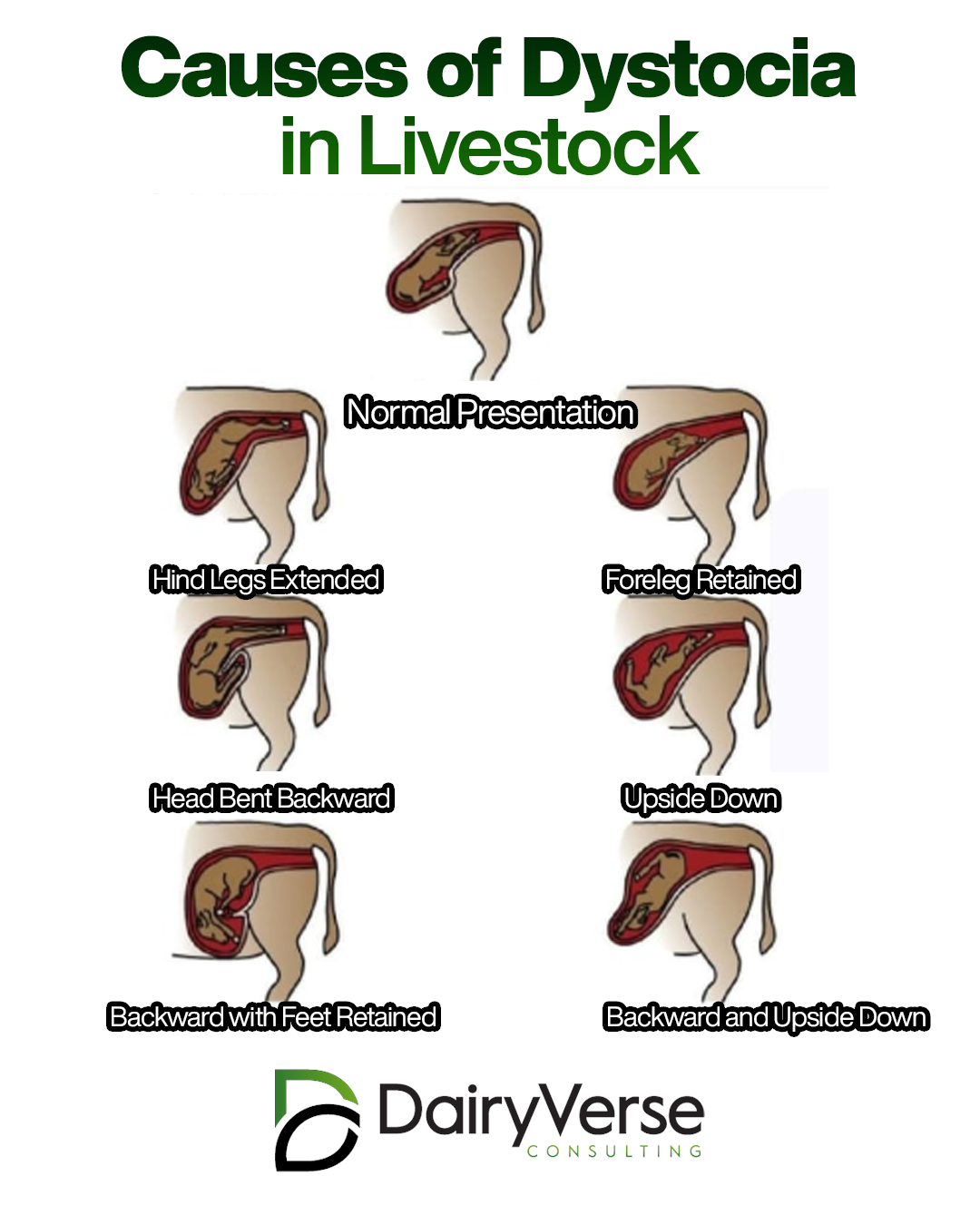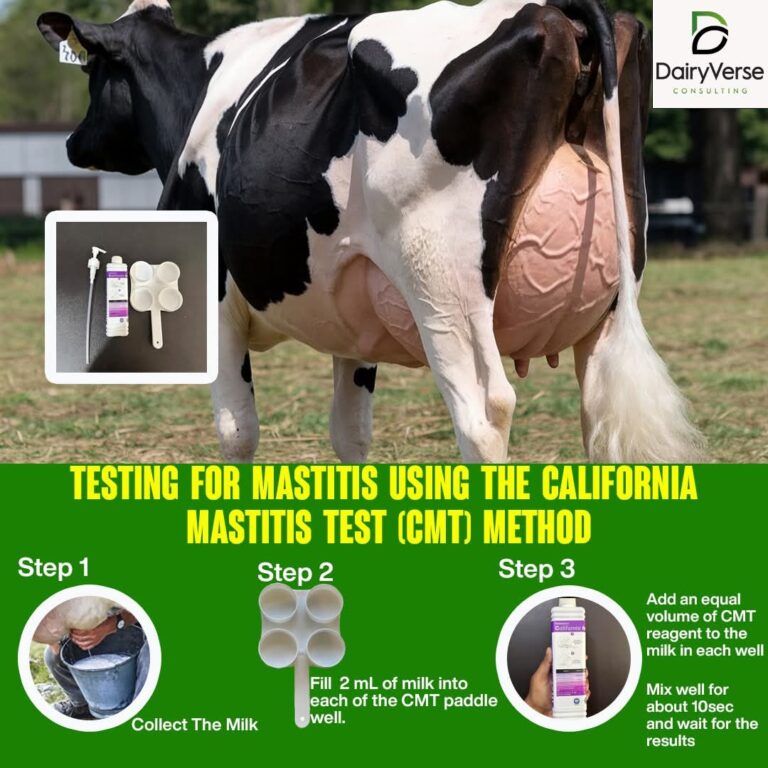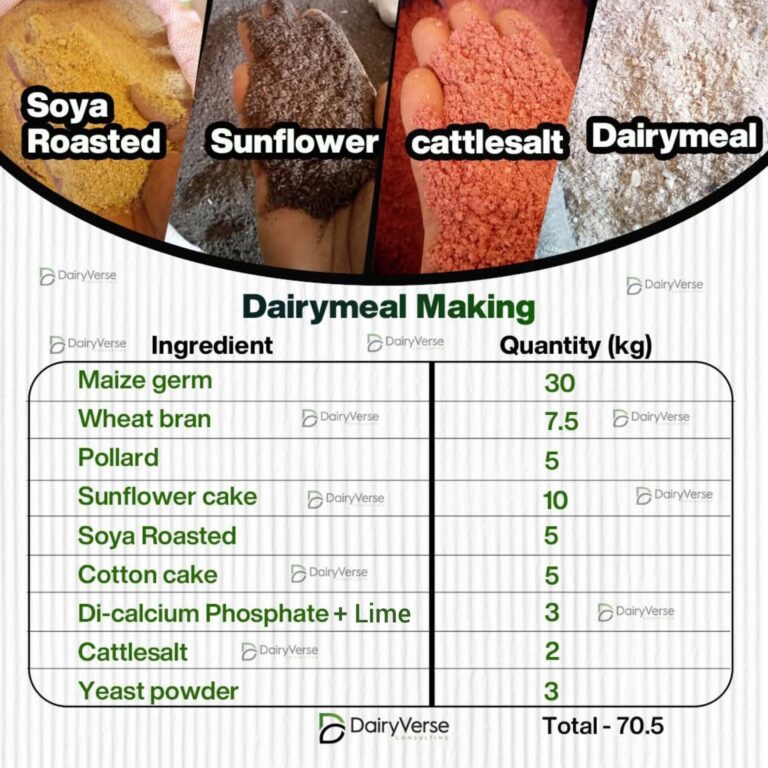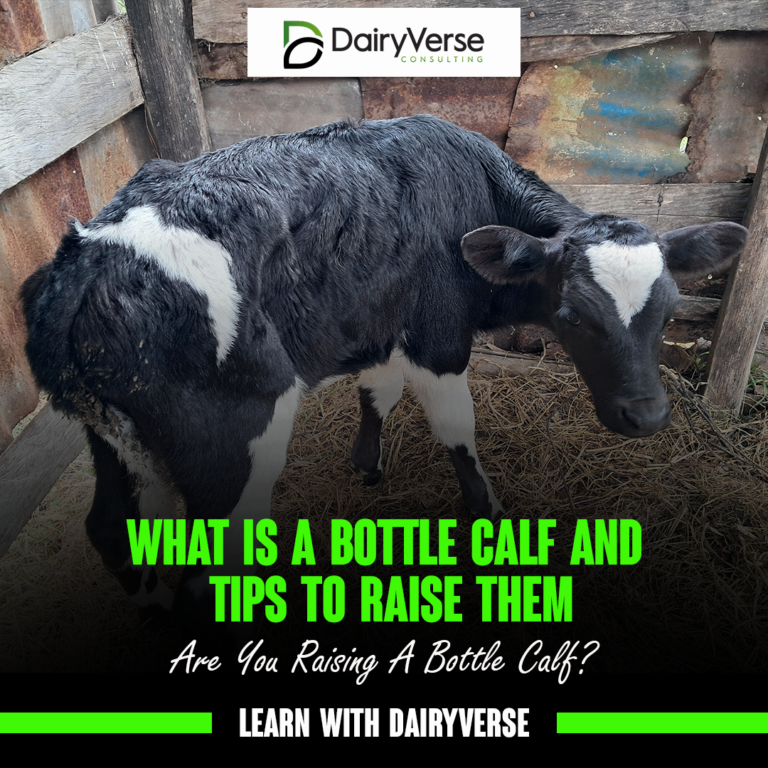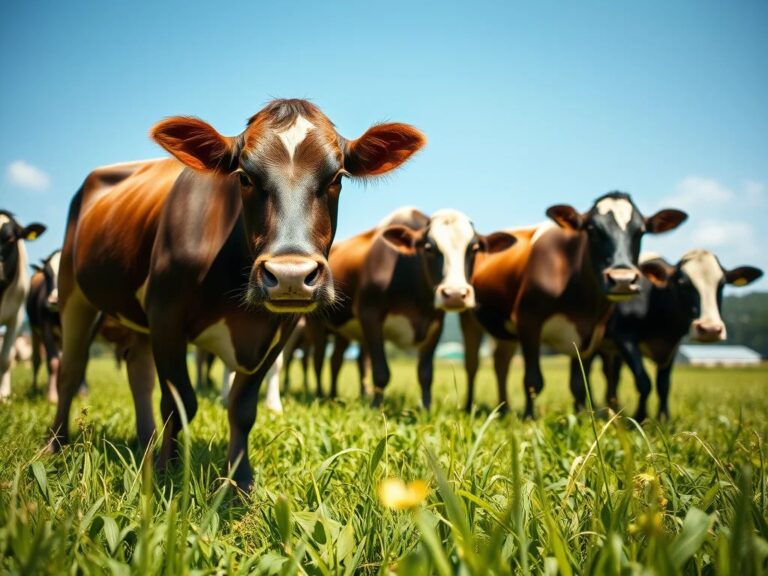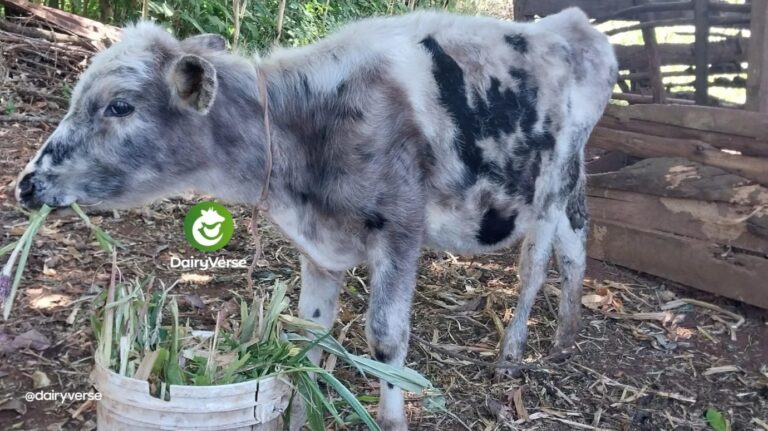Causes of Dystocia in Livestock
(Dystocia = Difficult or abnormal birth)
Did you know that the position of the calf inside the womb plays a major role in whether a cow will deliver smoothly or need assistance? When the calf is not properly aligned, it causes dystocia, which is a common challenge in livestock farming, especially during calving.
Here are some common fetal positions that lead to dystocia:
✅ Normal Presentation
This is the ideal position. The calf is facing forward with both front legs and the head aligned properly in the birth canal.
❌ Abnormal Presentations that Cause Dystocia:
- Hind Legs Extended
The calf is coming out backwards with its hind legs stretched out. This can make delivery difficult and risky. - Foreleg Retained
One or both of the forelegs are folded backward, making it hard for the calf to pass through the birth canal. - Head Bent Backward
The calf’s head is bent back toward its body instead of facing forward—this blocks progress during delivery. - Upside Down
The calf is positioned with its back downward and belly up. This is not a natural alignment for birth. - Backward with Feet Retained
The calf is facing backward, and the hind legs are not extended, making it nearly impossible to deliver without intervention. - Backward and Upside Down
The most complicated one, calf is both upside down and coming backward, which poses high risk to both the cow and the calf.
🚨 Why Farmers Should Be Aware
If not managed early, dystocia can lead to:
- Death of the calf
- Injuries or death of the cow
- Expensive veterinary bills
- Long-term fertility problems
👨🏽⚕️ What Should a Farmer Do?
- Observe: Keep an eye on pregnant cows as they near calving.
- Call a Vet: Any delay or abnormal labor should be addressed fast.
- Prepare: Learn basic birthing positions so you can spot trouble early.
- Use Supplements: Nutritional support improves muscle tone and calving ease.

